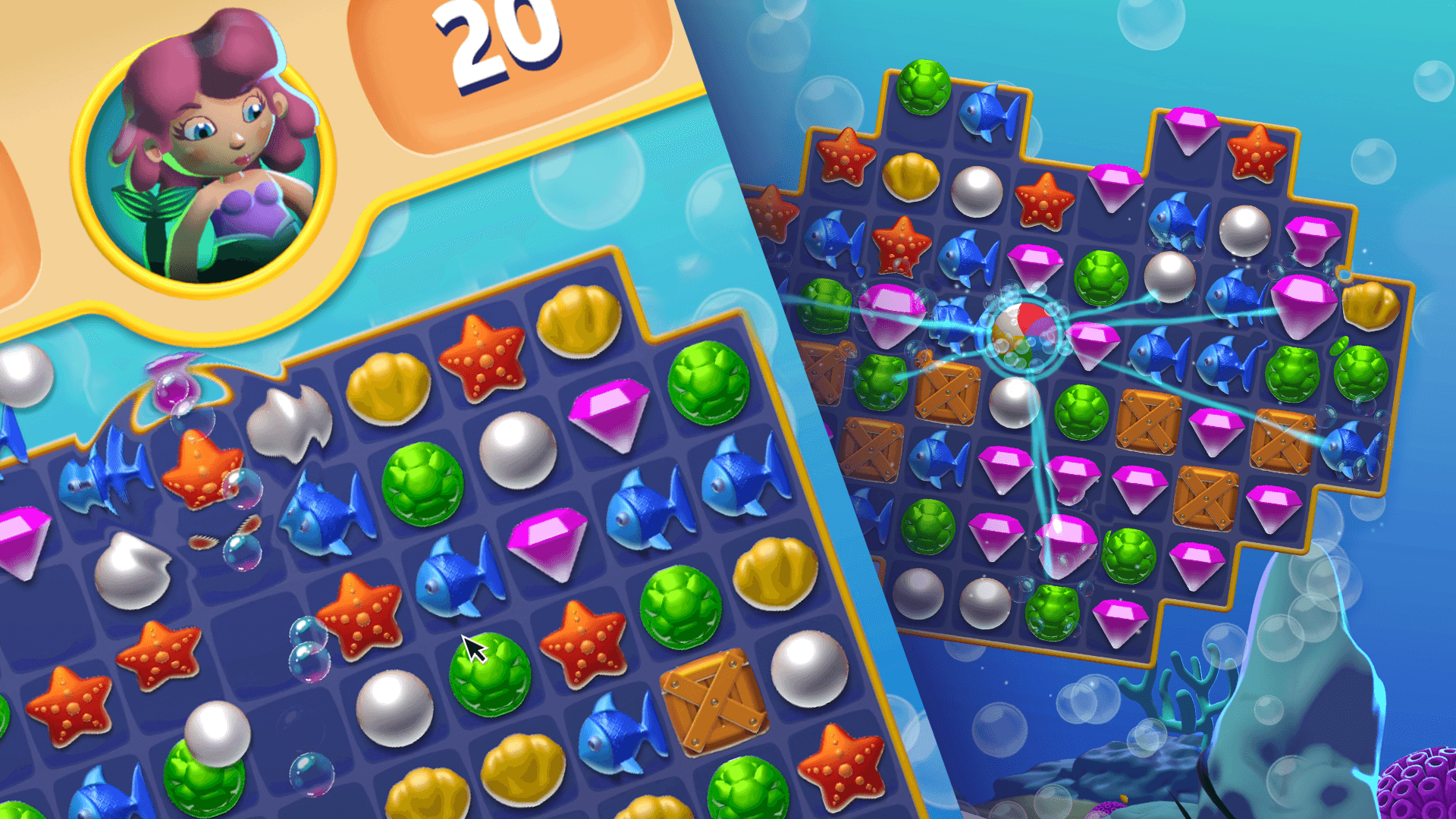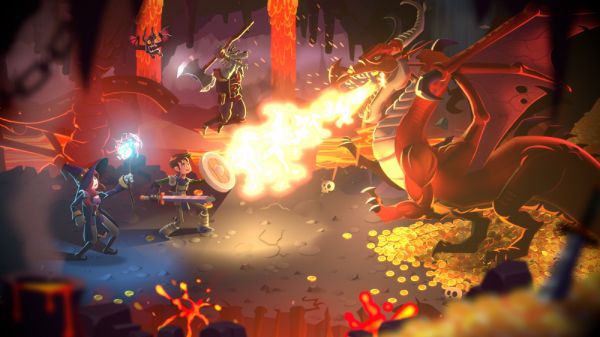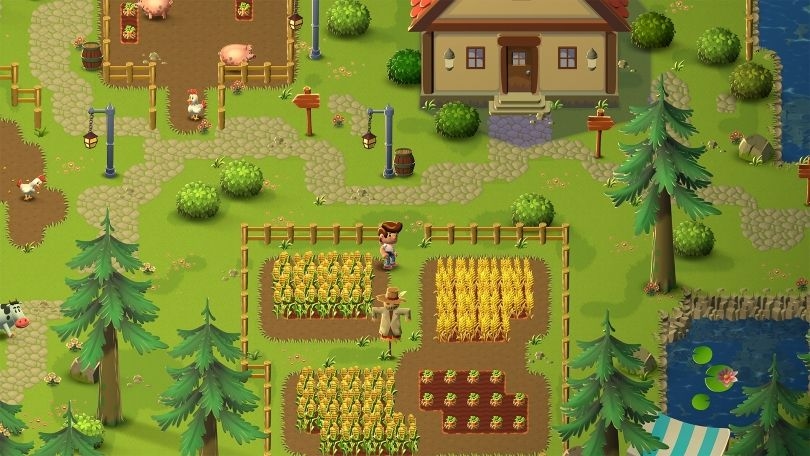

레이어화된 PSD 및 Aseprite 파일을 편집 가능한 스프라이트, 애니메이션, 프리팹으로 임포트하여 Unity에서 2D 반복 작업을 가속화하세요.




유니티의 타일맵 시스템을 활용하여 유연한 그리드, 스마트 타일 페인트, 애니메이션 지원 및 확장 가능한 워크플로를 통해 2D 레벨을 생성하고 편집하세요.


유니티의 유니버설 렌더 파이프라인(URP)에서 2D 조명 및 시각 효과의 기능을 보여주는 공식 유니티 크로스 플랫폼 샘플 프로젝트입니다.

Unity의 2D 도구가 어떻게 함께 작동하여 애니메이션 캐릭터, 동적인 레벨, 조명, VFX, 셰이더 및 완성도 높은 2D 씬을 빌드하는지 살펴보세요.

조명, 그림자, 애니메이션, 스프라이트 라이브러리, 시각 효과를 구현한 탑다운 2D 농장 게임을 탐험해 보세요. 이러한 기법을 재사용하는 방법에 대한 가이드도 함께 제공됩니다.
